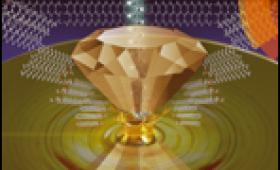α-Glycine is studied up to 50 GPa using synchrotron angle-dispersive X-ray powder diffraction (XRD), Raman spectroscopy, and quantum chemistry calculations performed at multiples levels of theory.
Science and Technology
in the News
Science and Technology
in the News
News Center
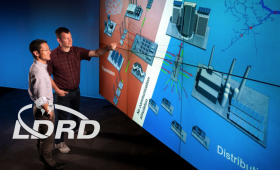
A Livermore team has taken a key step toward creating a commercial tool that utilities could use to modernize the grid.

The Sierra snowpack will decline in years to come because of climate change effects.
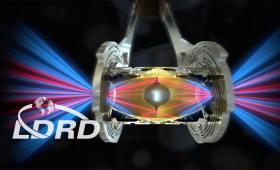
Experiments using a hohlraum shaped like a rugby ball have significantly boosted the amount of laser-induced energy absorbed by an inertial confinement fusion fuel capsule.
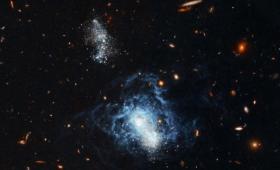
Lawrence Livermore nuclear scientists for the first time have accurately predicted the properties of polarized thermonuclear fusion.
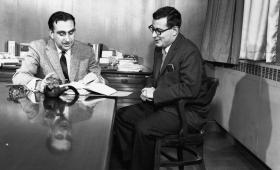
Physicist, former Lawrence Livermore National Laboratory Director Harold Brown left an indelible mark
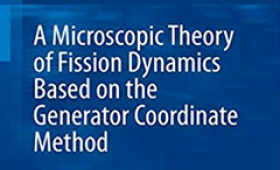
This book introduces a quantum-mechanical description of the nuclear fission process from an initial compound state to scission.
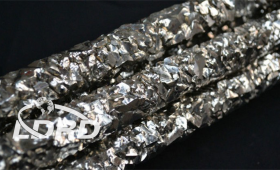
New research reveals that the radioactive isotope zirconium-88 is an excellent neutron absorber.
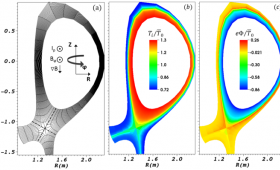
LLNL's Center for Applied Scientific Computing collaborates with its fusion researchers.
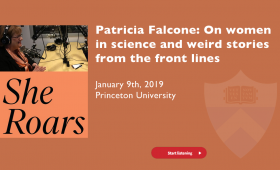
Deputy Director for Science and Technology Pat Falcone discusses her career, and women in science and technology in this Princeton University podcast.


